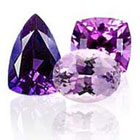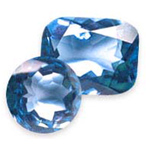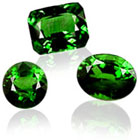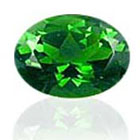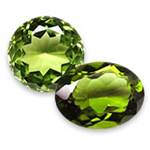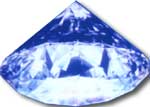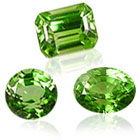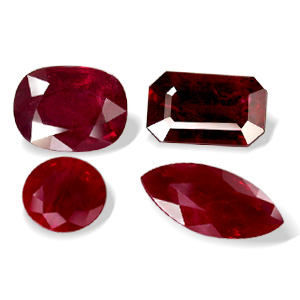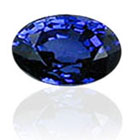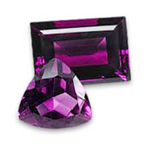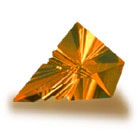Precious Stones
Value of Mineral is measured by virtue of its durability (hardness), beauty, and rarity, cut n polished for ornamental use, or engraved. There are 120 minerals known which are used as Gemstones, out of which only 25 are in common use for jewelry today; of these, the diamond, emerald, ruby, and sapphire are classified as precious, and all the others semi-precious; for example, the topaz, amethyst, opal, and aquamarine.
Among the synthetic precious stones which are produced successfully are rubies, sapphires, emeralds, and diamonds (first produced by General Electric in the USA in 1955). Pearls are not technically gems.
With the exception of the diamond, most stones are valued for their colour. However, this is often due to the presence of an impurity, and not a property of the mineral itself. For example, rubies are formed when the mineral corundum contains small amounts of chromium, whereas sapphires are formed when small amounts of iron and titanium oxides are present. The most common impurities are probably compounds of iron, manganese, and copper. Exposure to light makes some gems change or lose their colour altogether; certain types of turquoise and topaz are particularly liable to do this.
